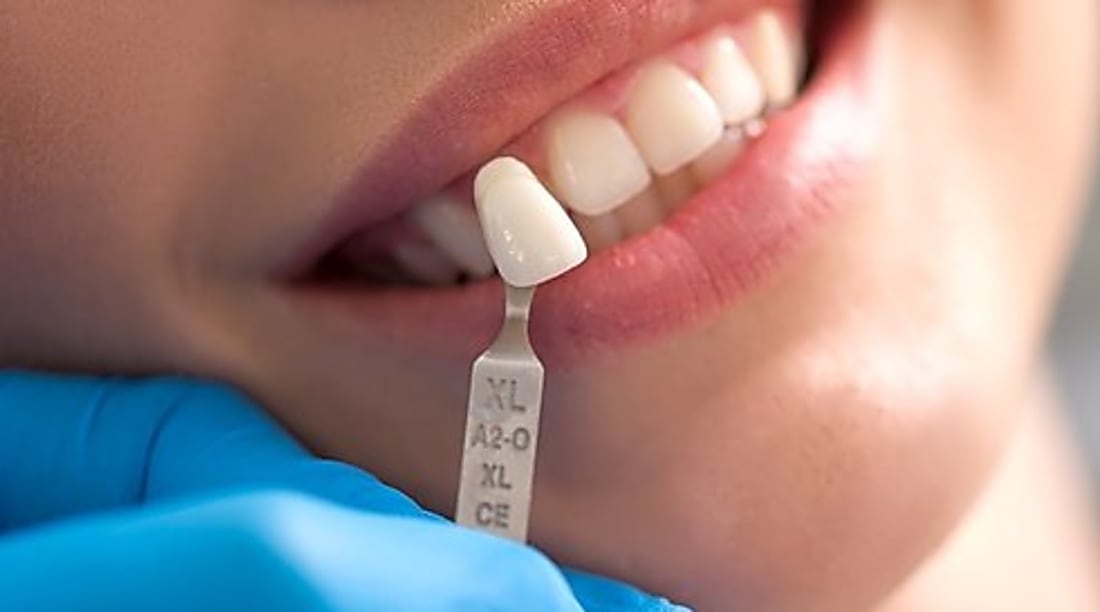Screwless Dental Implants: Costs and Differences for Seniors
Screwless dental implants offer an alternative approach to traditional tooth replacement methods, using cement or adhesive retention instead of mechanical screws. For seniors considering implant options, understanding the differences between screwless and screw-retained systems can help inform treatment decisions. Cost considerations, material choices, and individual health factors all play important roles in determining the most suitable implant approach.

As dental implant technology continues to evolve, seniors now have access to various implant retention methods beyond traditional screw-retained systems. Screwless dental implants represent an alternative approach that may offer certain advantages for specific patient situations, though understanding the cost implications and differences is essential for making informed decisions.
What Are Screwless Dental Implants and How Do They Work
Screwless dental implants utilize cement or adhesive bonding to secure the crown to the implant abutment, rather than relying on mechanical screw retention. This system eliminates the access hole typically required in screw-retained crowns, potentially providing better aesthetics and seal integrity. The cement-retained approach has been used successfully in dentistry for decades, adapting traditional crown cementation techniques to implant restorations.
The main structural difference lies in the connection method between the implant fixture and the final crown. While screw-retained implants use a mechanical fastener that allows for retrievability, cement-retained systems create a permanent bond similar to traditional dental crowns on natural teeth.
Cost Ranges for Screwless Implants Per Tooth
Typical cost ranges for screwless dental implants generally fall between $3,000 to $6,000 per tooth, including the implant fixture, abutment, and crown. However, several factors significantly influence final pricing. Geographic location plays a substantial role, with urban areas typically commanding higher fees than rural locations. The complexity of the case, need for bone grafting, and choice of materials all impact total treatment costs.
Seniors should expect additional costs for preliminary procedures such as extractions, bone grafts, or sinus lifts, which can add $500 to $3,000 per site. Diagnostic imaging and treatment planning fees typically range from $200 to $500.
Factors Affecting Implant Treatment Costs
Clinic location significantly impacts pricing, with metropolitan areas generally charging 20-40% more than smaller cities. The dentist’s experience level and specialization also influence fees, as oral surgeons and periodontists typically charge more than general dentists for implant placement.
Material selection affects costs considerably. Premium implant brands from established manufacturers cost more than newer or generic alternatives. Zirconia crowns typically cost $200-500 more than porcelain-fused-to-metal options. Patient bone health determines whether additional procedures are necessary, potentially doubling treatment costs when extensive grafting is required.
Age-related factors specific to seniors include medication interactions that may affect healing, systemic health conditions requiring medical clearance, and potential need for sedation options, all of which can influence total treatment investment.
Comparing Screwless and Screw-Retained Implant Costs
Cost differences between screwless and screw-retained dental implants are typically minimal, usually varying by $100-300 per tooth. Screw-retained systems may cost slightly more initially due to the precision-machined abutment components, while cement-retained options might require less expensive abutments but could incur higher long-term maintenance costs if retrieval becomes necessary.
The choice between systems often depends more on clinical factors than cost considerations. Screw-retained implants offer easier maintenance and adjustability, while cement-retained systems may provide superior aesthetics in the anterior region.
| Implant Type | Provider Example | Cost Range per Tooth | Key Features |
|---|---|---|---|
| Screwless (Cement-Retained) | Straumann | $3,200-$5,800 | Better aesthetics, permanent retention |
| Screw-Retained | Nobel Biocare | $3,400-$6,000 | Retrievable, easier maintenance |
| Budget Screwless Option | Hiossen | $2,800-$4,500 | Cost-effective, reliable retention |
| Premium Screw-Retained | Zimmer Biomet | $3,800-$6,500 | Advanced surface technology |
Prices, rates, or cost estimates mentioned in this article are based on the latest available information but may change over time. Independent research is advised before making financial decisions.
Getting Transparent Cost Breakdowns and Avoiding Hidden Fees
Seniors should request detailed written treatment plans that itemize all costs, including implant fixture, abutment, crown, and any necessary preliminary procedures. Ask specifically about laboratory fees, temporary restoration costs, and follow-up appointment charges. Many practices offer package pricing that can provide cost savings compared to individual procedure billing.
Inquire about payment plans, insurance coverage, and financing options. Some dental insurance plans provide partial coverage for implant treatment, typically covering 10-50% of costs. Request clarification on warranty policies and what constitutes additional charges versus included services.
To avoid unexpected expenses, ask about potential complications and their associated costs. Understand the practice’s policy on retreatment, additional procedures, and long-term maintenance requirements. Get cost estimates in writing and clarify what scenarios might result in additional charges.
Screwless dental implants can provide excellent outcomes for seniors when properly planned and executed. While cost considerations are important, the choice between screwless and screw-retained systems should primarily be based on individual clinical needs, aesthetic requirements, and long-term maintenance preferences. Consulting with qualified implant specialists and obtaining multiple opinions can help ensure the most appropriate treatment choice for each individual situation.
This article is for informational purposes only and should not be considered medical advice. Please consult a qualified healthcare professional for personalized guidance and treatment.




